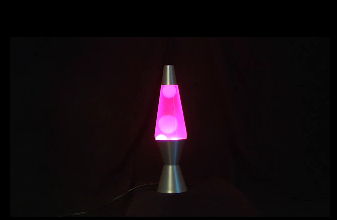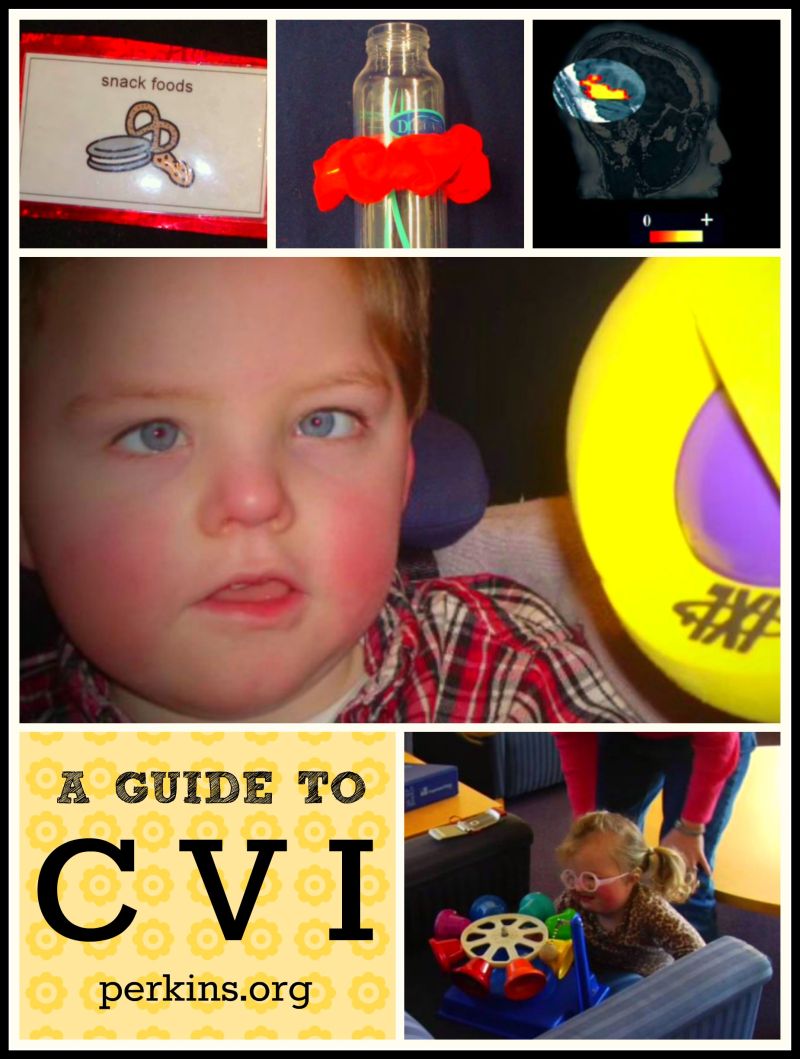
Resource
Strategies for Assessment and Intervention for Children with CVI
Overview of the behavioral characteristics of Cortical Visual Impairment (CVI)
Children with Cortical Visual Impairment (CVI) have neurological challenges that make it difficult to use their vision effectively. Although there is a variation among children with CVI, there are some shared visual and behavioral characteristics that have been identified by Dr. Christine Roman-Lantzy:
- Color: Strong attraction to specific colors, especially red and yellow
- Movement: Movement typically draws the attention of a child with CVI.
- Latency: Children with CVI often need extra time to respond.
- Novelty: Difficulty with visual novelty
- Distance: Dificulty with distance viewing
- Complexity: Difficulty with visual complexity
- Visual Reflexes: Atypical visual reflexes
- Visual Fields: Strong visual field preferences
- Light and Lighting: Often engages in light gazing or non-purposeful gaze

For more information about CVI, view this webcast from Perkins School for the Blind, which is presented by Ellen Mazel. Beginning with an overview of the characteristics of children with Cortical Visual Impairment (CVI), Mazel goes on to discuss strategies for assessment and intervention. Includes a full transcript and a CVI Consulting Interview Form.

